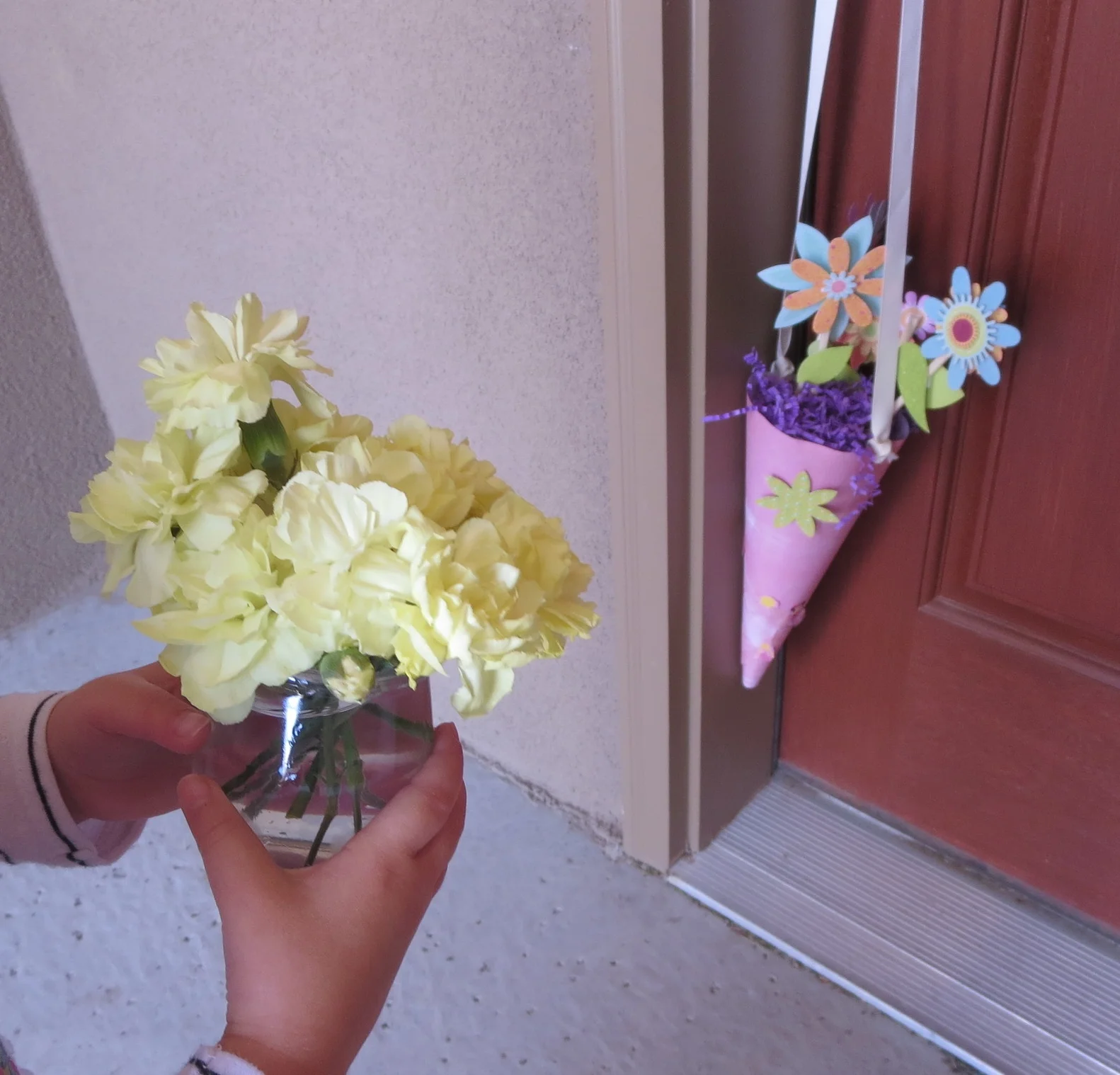School photographers work hard for a smile. A smile is a universal expression of happiness. In the animal kingdom, “smiling” or showing teeth may indicate emotions other than happiness. Like a dog growling if you touch her bowl of food. The show of teeth is an unhappy warning to get away! But for us humans, a smile is an indication of pleasant feelings. Parents want to think their child is happy in school. The school picture proves it for years to come.
What do the school photographers do when a child is unresponsive to “Say Cheese?” There was a television show called Candid Camera and their tag line was “Smile, you’re on Candid Camera.” The hidden camera was set up to capture people’s reactions to practical jokes. Following this model, maybe school photographers could say or do something unexpected to get students’ attention and garner a smile. Jocose photographers were surely needed in the days before modern cameras.
People in black and white photographs rarely smiled. Why? Were they unhappy? Was it because of rotting teeth? I think there was a seriousness back then when sitting for a photo. Cameras were expensive and rare. It was an important event like a wedding that landed you in front of a camera.
The lack of smiles may have been due to the amount of time it took for a photo to be taken. Having to wait a long time for the camera may have made people annoyed and grumpy. The wait time may have resulted in a population of non-smilers in old photographs. But today we have quick point and shoot cameras that are faster. My “good” camera broke. I had to use my back up camera which took forrrrrrrrever to take a picture. By the time it finally captured the shot I was after, my human subjects were out of position, bored, or mad at me for making them wait. The result was the absence of a smile in most of the pictures I took with the back-up camera. Apparently, people don’t like to wait for their picture to be taken.
If those excuses were true for people in the past, why do models on the catwalk avoid smiling? Today, professional photographers use state-of-the-art technology to snap quick images. Are models miserable? Notorious non-smilers are supermodels, Victoria Beckham, Madonna, and Karl Lagerfeld. Some people say it is due to social superiority. Dr. Timothy Ketelaar and researchers at New Mexico State University (2012) found that smiling is related to lower social status in both models and football players. Another hypothesis for non-smiling might be so they don’t distract from the clothes or game. Whoever heard of such a thing! Maybe models and football players will get fined or fired if they smile?
New parents are on the look-out for their baby’s first smile. Parents might wonder if it is a “real” smile or just the baby passing gas. By about two months old, babies will begin to develop their social smile.
Their development occurs by mimicking the people in their environment. When they are born their eyesight is limited and can only see about 6-12 inches from their face. Caregivers hold babies close. Babies love to study the human face. Studies have shown that babies prefer the human face more than just about anything. They learn quickly to copy the facial expressions of those around them. The next time you hold a brand new baby try sticking your tongue out at them and watch what they do. The facial expressions of those around them has a big impact on babies. Post-partum depression and maternal mental illness can have a profound effect on a newborn.
“Your day will go the way the corners of your mouth go!” According to the Association for Applied and Therapeutic Humor (I’m not making this up), the average adult laughs fewer than 20 times a day, whereas children laugh more than 300 times each day. Laughter can burn calories, is good for relationships, and can be contagious (just listen to Car Talk on NPR if you don’t believe me). So what happens to our funny-bone from child-hood to adult-hood? I wish I knew. Scientists have long known that attractive people are perceived as more intelligent and competent. What makes someone instantly more attractive could be a genuine smile where the mouth is upturned and the eyes twinkle. My resolution (or goal) for this new year is to smile and laugh more. It couldn’t hurt.
Literature cited:
Ketelaar, T., Koenig, B. L., Gambacorta, D., Dolgov, I., Hor, D., Zarzosa, J., Luna-Nevarez, C., Klungle, M. & Wells, L. (2012). Smiles as signals of lower status in football players and fashion models: Evidence that smiles are associated with lower dominance and lower prestige. Evolutionary Psychology, 10(3), 371-397.



























